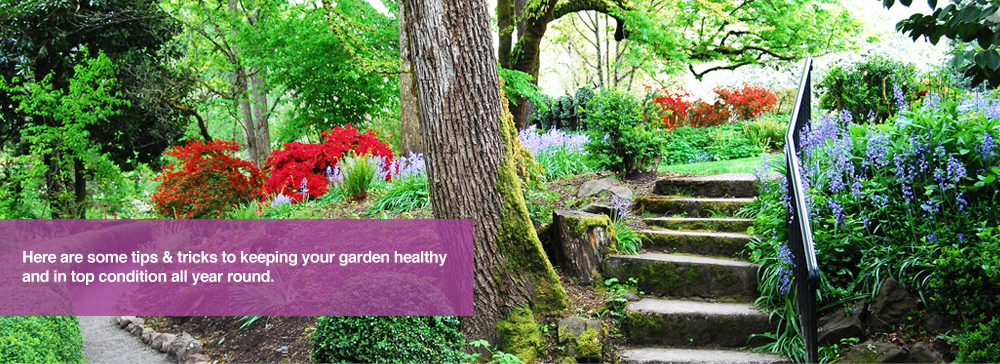Watering Recommendations
• Water Early! Watering early in the morning means less water is lost to evaporation. Avoid watering at night as the lawn remains wet for a long period of time which can increase the incidence of fungal disease.
• Water 2.5 cm (1 inch) per week including rainfall. A lot of people overwater, experts agree that you only need 2.5 cm of water including rainfall to maintain a healthy vibrant lawn. Watch the weather and use a rain gauge or cup to measure how much water your lawn has received. Free rain gauges are available from most municipalities.
• Water less frequently and for longer periods of time. This will reduce the risk of lawn disease, encourage deeper lawn roots and reduce the ideal growing conditions for most weeds. Try to water twice a week using a sprinkler that allows the lawn to slowly soak up the water.
• Don't forget to water garden plants and new trees as well. Hand watering works best for gardens and planters while new trees need the equivalent of two buckets of water each week. Applying mulch to gardens is an excellent way to stop the soil from drying out between watering as it helps avoid evaporation.
• If you have an in-ground sprinkler make sure it is set to water just before dawn and don't have it come on every day, only once or twice a week. Also make sure the heads are aimed correctly to avoid wasting water on driveways or the road.
Fertilizing Recommendations
Apply a spring fertilizer before the first mowing to promote a healthy green lawn that will ward off weeds naturally and with proper watering throughout the summer will continue to stay green and healthy throughout the summer months. Most lawns need either two (spring and fall) or three (spring, summer and fall) applications of fertilizer per year to stay vibrant and healthy.


